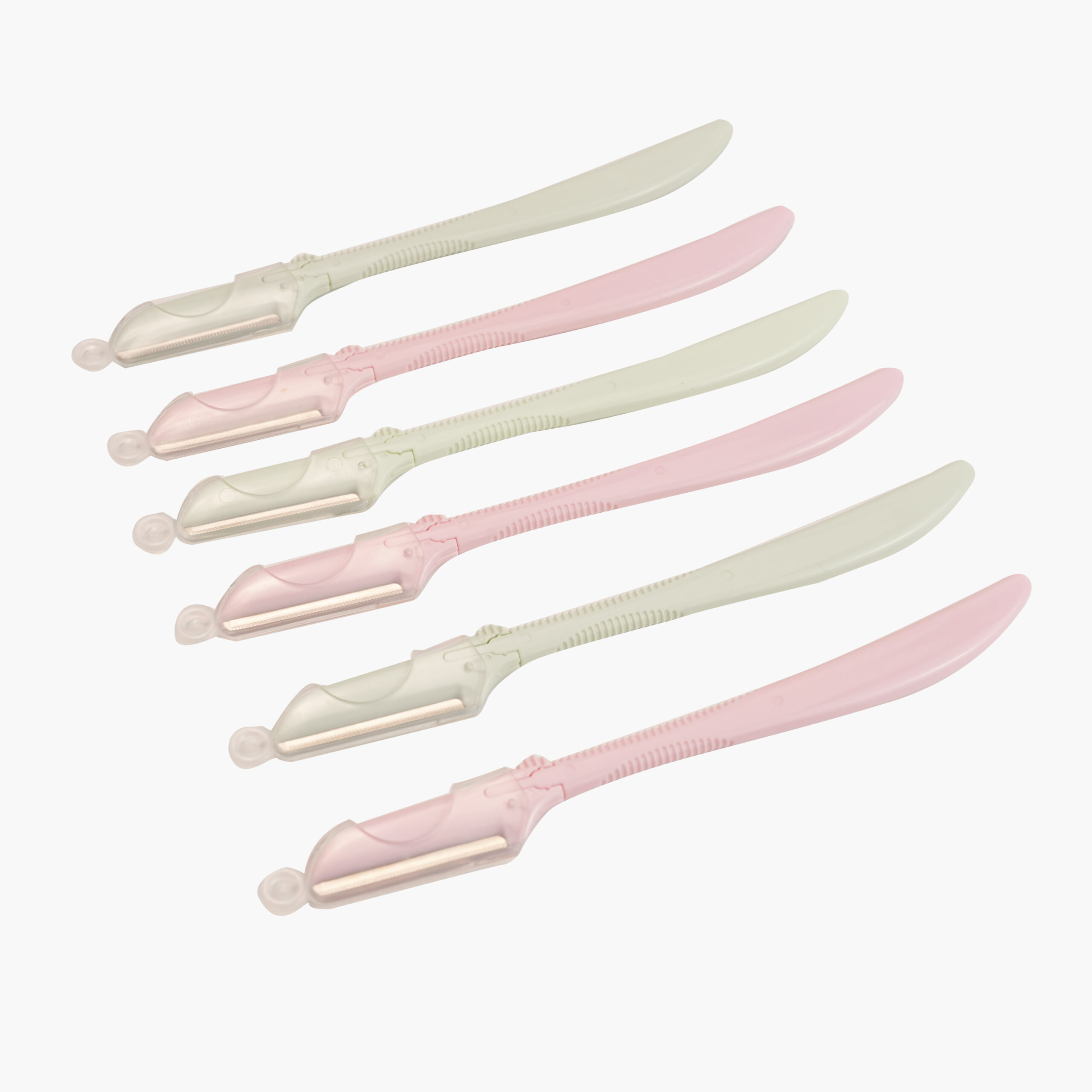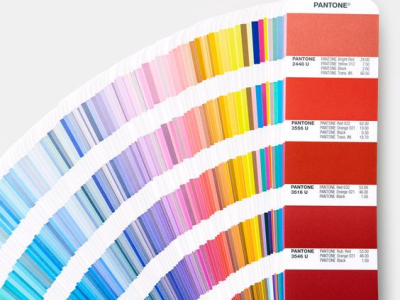The beauty and personal care industry is booming, with innovative skin care tools playing a crucial role in helping individuals maintain their beauty routines. Designing a skin care tool involves a deep understanding of user needs, technical specifications, and aesthetic appeal. This guide, brought to you by HORIZON, a leading Makeup Tools manufacturer, will walk you through the essential steps in designing an effective skin care tool, incorporating key numerical parameters for precision and functionality.

PartⅠ-Understanding the Market Needs
The first step in designing a skin care tool is to understand the market needs. This involves extensive market research to identify gaps and opportunities. Factors to consider include:
● Target Audience: Determine the demographics of your target users, such as age, gender, skin type, and beauty concerns.
● Current Trends: Stay updated with the latest trends in the skincare industry, such as the rise of clean beauty, eco-friendly products, and technological advancements.
● Competitor Analysis: Analyze existing products in the market to identify their strengths and weaknesses.
Numerical Parameters:
Market Growth Rate: 5% annual growth in the skincare tools market.
Target Audience Age Range: 18-65 years.
Top Competitor Price Range: $20-$150.
PartⅡ-Concept Development
Once the market needs are understood, the next step is to develop a concept for your skin care tool. This phase involves brainstorming ideas, sketching designs, and creating initial prototypes.
Key Considerations:
● Functionality: Define the primary function of the tool (e.g., cleansing, exfoliating, massaging).
● Ergonomics: Ensure the design is comfortable and easy to use.
● Portability: Consider the size and weight of the tool for ease of handling and storage.
Numerical Parameters:
Tool Weight: 100-300 grams.
Tool Dimensions: 15-20 cm in length, 3-5 cm in diameter.
Battery Life (if applicable): Minimum 30 minutes of continuous use.

PartⅢ-Material Selection
Choosing the right materials is crucial for the durability, safety, and effectiveness of the skin care tool. Common materials include medical-grade silicone, stainless steel, and BPA-free plastics.
Considerations:
● Safety: Ensure materials are hypoallergenic and safe for all skin types.
● Durability: Select materials that withstand regular use and cleaning.
● Aesthetics: Consider the visual appeal and feel of the materials.
Numerical Parameters:
Material Durability: Minimum 2 years of regular use.
Safety Standards Compliance: ISO 10993 for biocompatibility.
PartⅣ-Design and Prototyping
With a clear concept and chosen materials, the next step is to create detailed designs and prototypes. This involves using CAD software to create 3D models and produce physical prototypes for testing.
Key Steps:
● 3D Modeling: Create detailed 3D models to visualize the tool from all angles.
● Prototyping: Use rapid prototyping techniques like 3D printing to produce initial versions of the tool.
● Testing: Conduct usability tests to gather feedback and make necessary adjustments.
Numerical Parameters:
3D Printing Resolution: 0.1-0.2 mm layer thickness.
Prototype Iterations: Minimum 3-5 rounds of prototyping and testing.
Usability Testing Sample Size: 20-50 participants.

PartⅤ-Functionality Testing
After prototyping, it is essential to rigorously test the functionality of the skin care tool. This phase ensures that the tool performs as intended and meets user expectations.
Tests to Conduct:
● Performance Testing: Evaluate the effectiveness of the tool in delivering its intended results.
● Durability Testing: Assess the tool’s ability to withstand repeated use and various environmental conditions.
● Safety Testing: Verify that the tool is safe for use on different skin types and does not cause irritation.
Numerical Parameters:
Performance Metrics: 90% user satisfaction rate.
Durability Cycles: Minimum 500 usage cycles.
Safety Compliance: Pass dermatological tests on 50 participants with sensitive skin.
PartⅥ-Final Design and Manufacturing
Once the tool has passed all functionality tests, the final design can be locked down, and manufacturing can commence. Collaborate with a reputable Makeup Tools manufacturer like HORIZON to ensure high-quality production.
Steps:
● Final Design Approval: Confirm all design elements and specifications.
● Mass Production Setup: Establish manufacturing processes and quality control measures.
● Packaging Design: Create attractive and informative packaging to enhance the product’s appeal.
Numerical Parameters:
Production Tolerance: ±0.1 mm for critical dimensions.
Quality Control Sample Size: 5% of total production batch.
Packaging Dimensions: To fit tool dimensions with additional space for accessories and instructions.

Conclusion
Designing a skin care tool involves a meticulous process of understanding market needs, developing concepts, selecting materials, prototyping, testing, and finally manufacturing and marketing the product. By following these steps and considering key numerical parameters, you can create a skin care tool that meets user needs and stands out in the competitive beauty industry.
HORIZON, a leading Makeup Tools manufacturer, is committed to helping you bring innovative and high-quality skin care tools to market. With our expertise and state-of-the-art manufacturing capabilities, we ensure that your products meet the highest standards of quality and performance.
